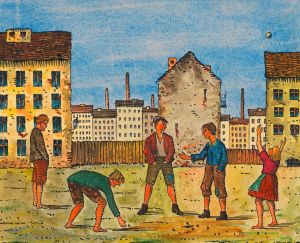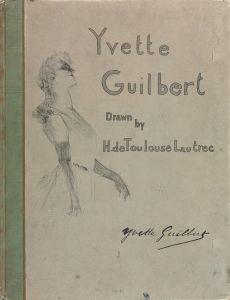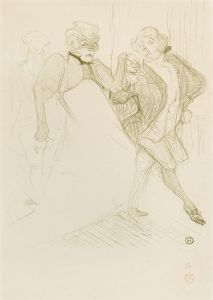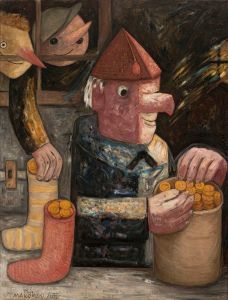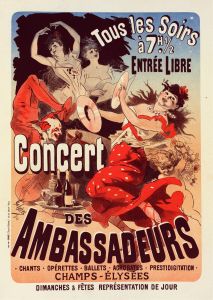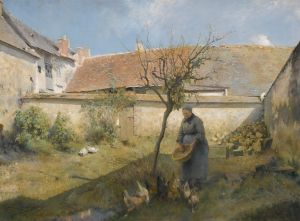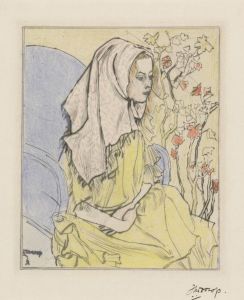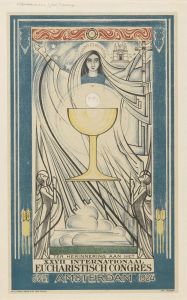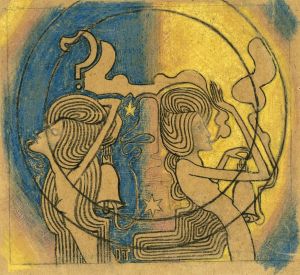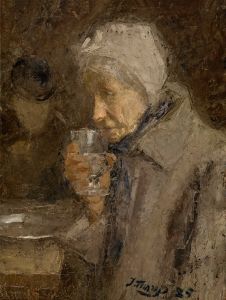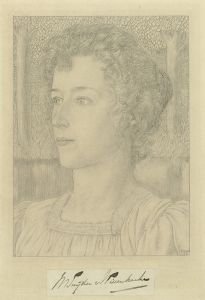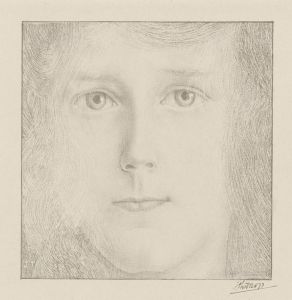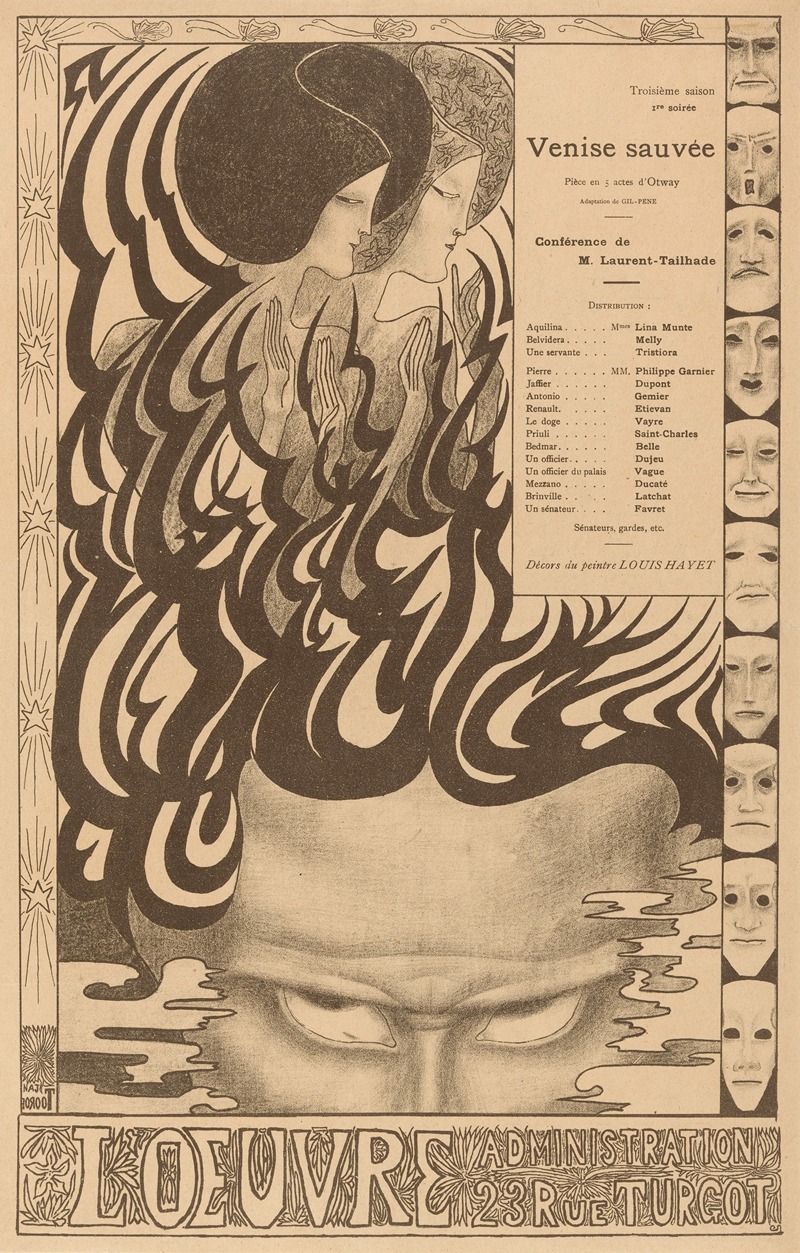
Affiche voor het toneelstuk Vénise sauvée van Thomas Otway
A hand-painted replica of Jan Toorop’s masterpiece Affiche voor het toneelstuk Vénise sauvée van Thomas Otway, meticulously crafted by professional artists to capture the true essence of the original. Each piece is created with museum-quality canvas and rare mineral pigments, carefully painted by experienced artists with delicate brushstrokes and rich, layered colors to perfectly recreate the texture of the original artwork. Unlike machine-printed reproductions, this hand-painted version brings the painting to life, infused with the artist’s emotions and skill in every stroke. Whether for personal collection or home decoration, it instantly elevates the artistic atmosphere of any space.
Jan Toorop, a prominent figure in the Symbolist movement, created the artwork titled "Affiche voor het toneelstuk Vénise sauvée van Thomas Otway" in 1900. This piece was designed as a poster for the play "Venice Preserved" by Thomas Otway, a Restoration tragedy originally written in 1682. Toorop's work is notable for its intricate design and the way it captures the essence of the play through visual symbolism.
Jan Toorop was born in Purworejo, Java, in the Dutch East Indies, in 1858 and later moved to the Netherlands, where he became an influential artist. He was known for his versatility, working in various styles including Impressionism, Art Nouveau, and Symbolism. His work often featured elongated figures and intricate patterns, characteristics that are evident in this particular piece.
"Venice Preserved" is a tragic play that revolves around themes of political intrigue, betrayal, and love. The narrative is set in Venice and tells the story of Jaffeir and his wife Belvidera, who become entangled in a conspiracy against the Venetian state. The play explores the tension between personal loyalty and political duty, a theme that Toorop captures through his use of symbolic imagery.
In creating the poster, Toorop employed a style that was heavily influenced by Art Nouveau, characterized by flowing lines and organic forms. The artwork is a testament to Toorop's ability to convey complex themes through visual means. The poster's design likely incorporates elements that reflect the dramatic and emotional intensity of Otway's play. Toorop's use of line and form would have been intended to evoke the atmosphere of Venice and the tumultuous events of the narrative.
The poster was commissioned as part of a broader trend during the late 19th and early 20th centuries where artists were increasingly involved in creating promotional materials for theatrical productions. This collaboration between visual artists and the theater world was part of a larger movement to elevate the status of graphic design and poster art, transforming them into respected art forms in their own right.
Toorop's work on this poster is an example of how artists of the time were experimenting with new forms and techniques to capture the public's imagination. The use of posters as a medium allowed artists like Toorop to reach a wider audience and to contribute to the cultural dialogue of the time. His work not only promoted the play but also stood as an independent piece of art, reflecting the aesthetic values and artistic innovations of the period.
Overall, Jan Toorop's "Affiche voor het toneelstuk Vénise sauvée van Thomas Otway" is a significant work that highlights the intersection of visual art and theater. It exemplifies the Symbolist movement's focus on conveying deeper meanings and emotions through art, and it remains a notable example of early 20th-century poster design.





